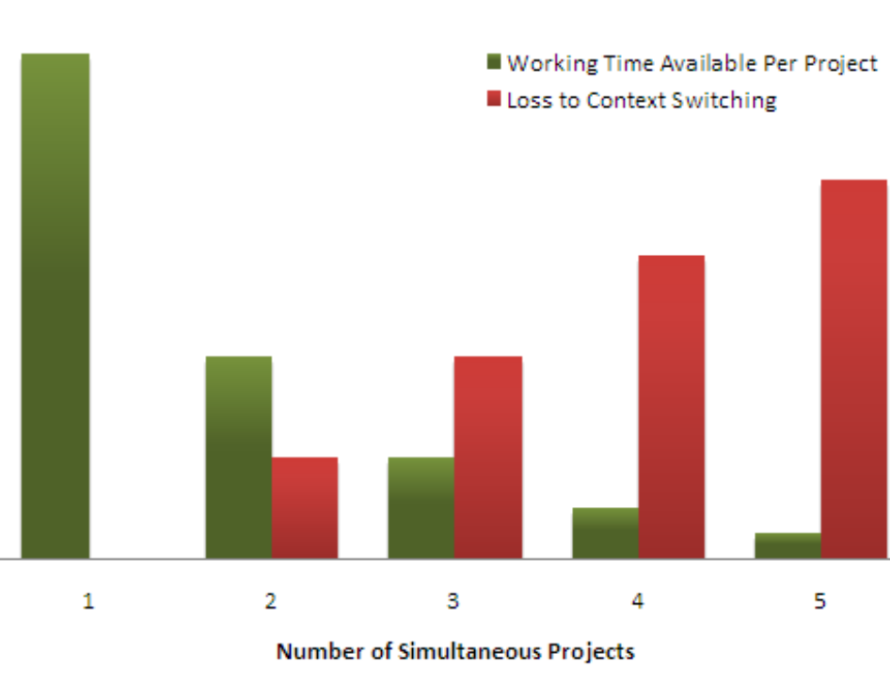
Using the Corona Crisis as an Opportunity - Part 2 of 3
By Katharina Heger
How much and, above all, what kind of change does a company need to move from old, rigid structures to new ways of working? We will answer this question with two counter-questions: What would it be like if, on the one hand, we had more trust and, on the other, if we would take on more responsibility in our jobs?
The advantages of home office and teleworking have been on the agenda for a long time, and here and there things may have changed, but the big turnaround has never happened before - as it has now happened through the crisis. Why this type of working hasn't been applied before has primarily to do with the issues of "trust" and "responsibility".
Now - throughout and after the Corona crisis - we have the unique opportunity to question old structures and try out new ones ... for more information check out part 1 of this article on the topic "New ways of working at home". And it will also be necessary to take this learning experience we are gaining with us for the time afterwards, during which we should eliminate time eaters, inefficiencies and frustrations. We should use the current time to sharpen our focus: on what we want to achieve, on what we define as meaning and purpose. We want to implement all these things and we need to set this focus.
If it's known that home office not only saves time, but above all, money for companies, why don't companies offer their employees these options? The answer is sobering: First of all, because in many places there is a lack of experience and secondly, because there is a lack of trust in employees to work productively for the company that way.
Trust = achieve greater results with less control
In many organisations, corporate culture is still strongly characterised by physical presence: The first to arrive and the last to leave are considered diligent. However, the basis for cooperation is mutual trust. On the one hand, there are organizations based on "command & control", which rely on monitoring and work with process indicators and micro-management goals for each individual. On the other hand, there are those organizations that think more in terms of holistic approaches and are based on trust. There is hardly any documentation (which is a time-consuming process) of how long each employee has worked, because a lot happens within the teams internally: the teams themselves know what to do, where the journey is going, how to participate and get actively involved. These teams are also empowered to make decisions, because they know the most about the subject they are working on.
Introducing change into the organization
If companies opt for agile approaches, they have to create an adequate corporate culture, which is usually accompanied by a change in existing structures and a breaking up of hierarchies. Otherwise, the process quickly overwhelms all those involved. Instead of handling several projects simultaneously and rushing from one meeting to the next to explain why individual work packages could not be completed, it is important to focus on one or just a few projects. For this purpose, a team is assembled that jointly implements this one project within a limited time frame - from its beginning to its completion. The team has decision-making powers, works independently, is self-organized and can only devote itself to this one task, this one project.
The following figure shows that the output even becomes negative when people work on several projects simultaneously, i.e. they become a burden on the project instead of driving it forward.
Organizations need to get away from old approaches, processes, decision making and cultural issues and throw away everything unnecessary to be able to work agile. You can't just put agile on top of existing structures. For working with agile approaches you need everyone in the same boat: the decision of the top management that you would like to go down this path and the employees who put it into practice.
How a cultural change can be successful
In order to facilitate a cultural change, one must first consider some elementary questions, so that people in the system are given a compass on how to proceed, how to make decisions in their areas.
1. what is the purpose of the organisation? Why do we exist?
2. what are our values as an organization?
Three: How do we want to work together? What do we want to live and work for?
Based on the answers, it is necessary to consider what the status quo looks like, what the current task is and what the working environment is all about.
4. focusing: Which of the existing tasks serve the defined purpose - and which doesn't?
5. clearing out: All projects and tasks that doesn't serve this purpose are dropped.
6. team building and responsibility: With the new focus on the essential tasks, the teams take more responsibility, without units in between to control or measure and decide for others.
With the transfer and intentional assumption of responsibility, a foundation for agile change has been created. A further important milestone is the establishment of a certain tolerance for mistakes.
If it' s more important for us to avoid mistakes than active implementation, then production processes become more complicated and developments take longer because we don't take responsibility and prefer to secure ourselves a hundred times before we actively implement something.



